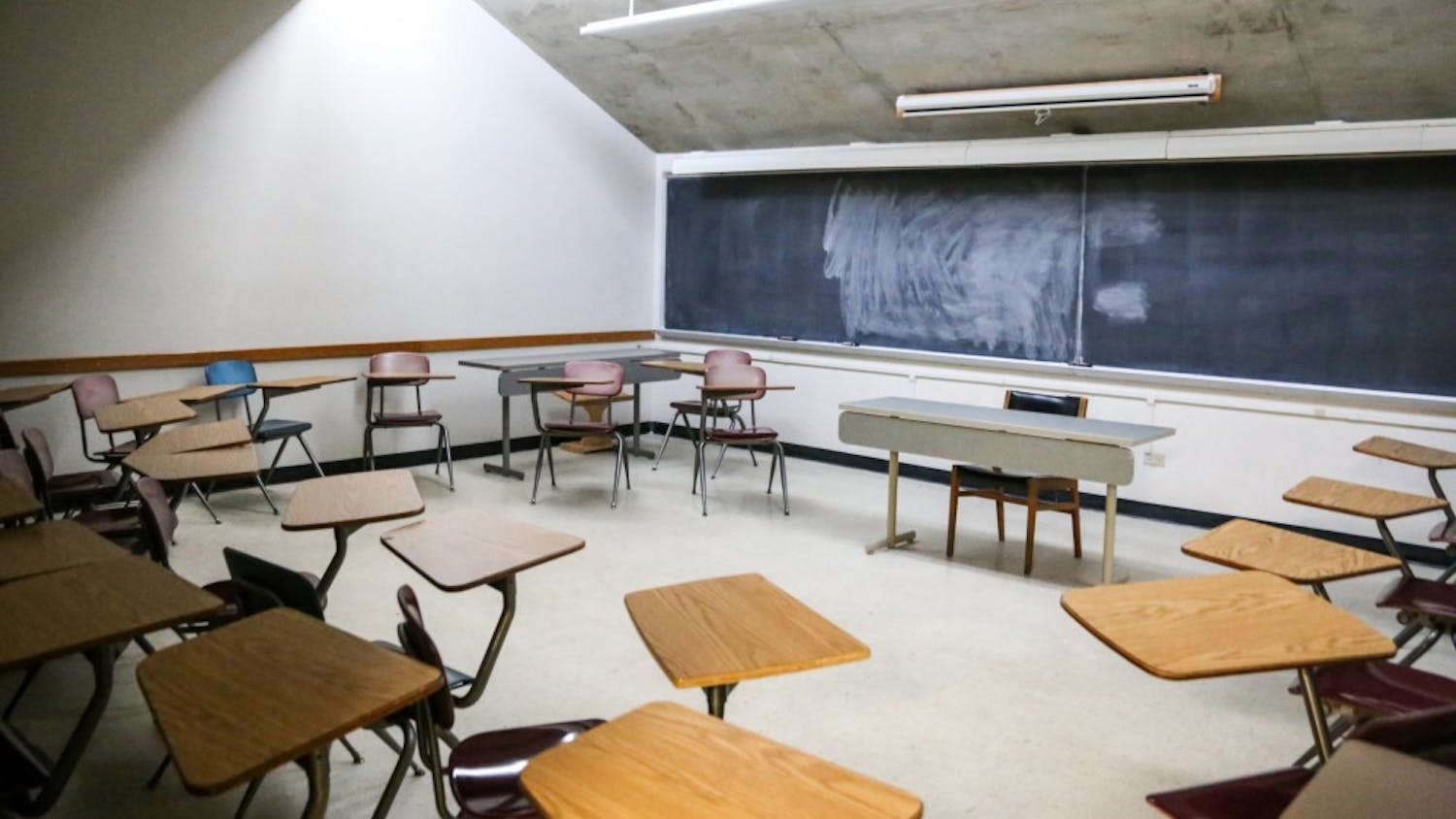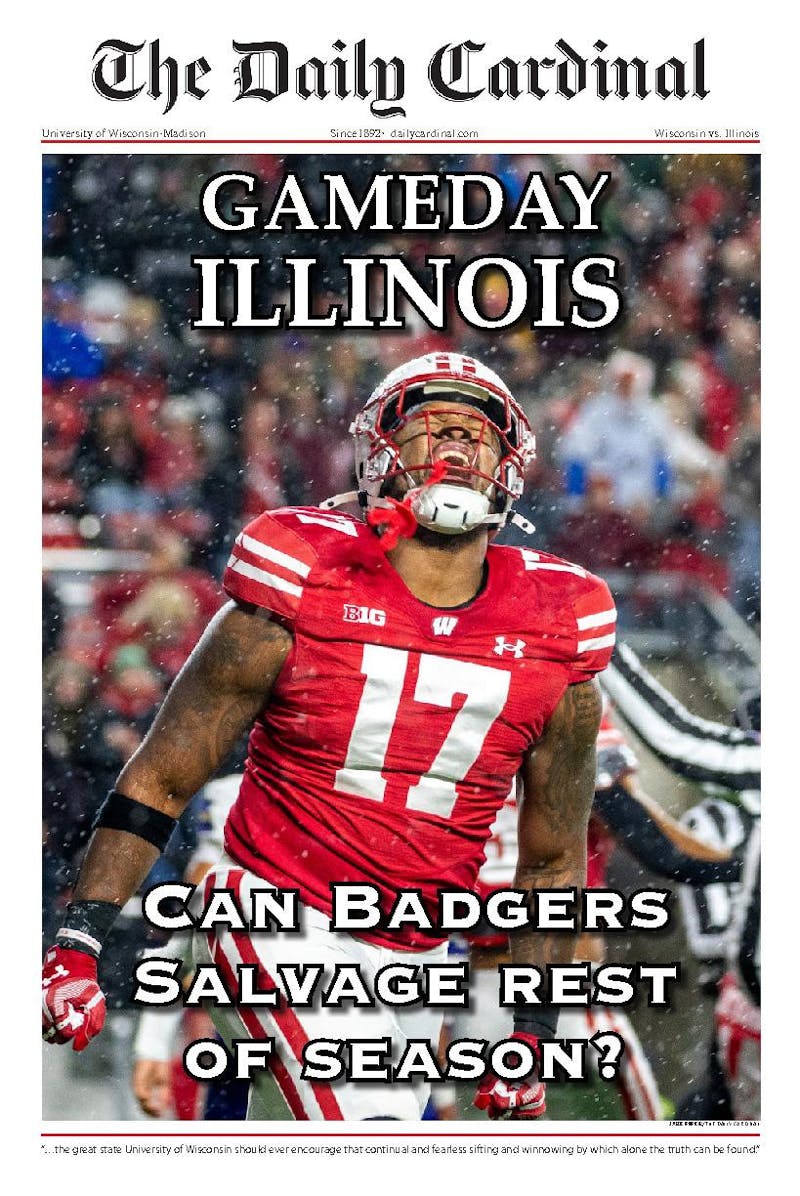Still remember the stressful days of college application? Your piggy bank was never full enough for the application fees, $50 here and $60 there. Next came the tortuous months when every frantic reach for the mail box ended with you empty-handed. Thanks to fast-track college application, all these pains could fade out of a high school senior's life, but that might not be an entirely positive development.
The fast-track application, or ""snap app,"" is essentially an application where the university has done all of the work for you. No essay, no application fee and a decision within three weeks. This is a promise made by hundreds of colleges across the country. They send pre-filled application packets to selected high schoolers, who, in general, have strong academic standings. All you need to do is read and sign. Both lesser known colleges and well-respected universities have embraced the idea of snap application. By reaching out to talented students all over the country, even small schools see a boost in student diversity. It is also favored as a strategy to buoy the U.S. News ranking, where acceptance rate is heavily factored in. A school could mail out 50,000 application forms while its capacity is only 2,000. Any school that does this could easily become the most selective university in the United States.
However, despite its tempting benefits, the fast-track application was born with multiple complications.
First of all, it is almost solely based on test scores. Schools buy students' scores and addresses in bulk from College Board and then send out applications to ""valued"" applicants. The University of Minnesota-Twin Cities is the first Big Ten school to try this with its Golden Gopher Fast Application. When I brought up the sensitive notion of ""test-based admission"" to their Office of Admissions they quickly denied it, stressing they value students' extracurricular activities as well. But they were forced to admit that the application effectively requires just filling in blanks on a form, with no short answer required. If Minnesota has joined the club of snap apps, it won't surprise people when other Big Ten schools follow suit. Given the sheer amount of risk-free applications, college admission could easily degrade into the long despised score-based form.
Although costs of each fast application are fairly low, a school still has to shell out nearly $1 million dollars for all the marketing and processing. Even if it reaches its goal of bringing students of various backgrounds to campus, the fight for diversity is far from over.
Professor Michael Apple from the UW School of Education asks schools this question: ""What are you doing after you get there? Are you spending the money to make the place responsive and comfortable with this new, diverse student body? Or are you simply using this as a marketing tool?"" Double-digit minority percentage could easily be achieved by fast-track applications. But if that's all schools want out of the program, the diversity campaigns could quickly lose their prestige in higher education. And schools can make a bigger difference by devoting the money to more scholarships.
So far, snap application is mostly used by small institutions. It offers the schools a cheaper and quicker solution to make a name for themselves and hopefully, escape financial turmoil. The strategy here lies in that old adage of the early bird catches the worm. Now some small colleges are reaping the benefits of enrolling more students from more diverse backgrounds. Will the bonus handouts still last when hundreds of schools on the fence join the fast application party? Within the past three years, the idea grew from a pilot project in a couple of universities to a common practice for many underfunded, private schools. Once you get a fat stack of fast application packets every week, dear ""valued"" applicant, would you still be tempted by a sincere offer? Do I see a bursting bubble for the snap application?
What the practice highlights is not only schools' wrestling for survival, but also students' struggle for their college dreams. Now that the sanctuary of higher education is forced to open its door to the market, balancing quality and profits could be trickier than ever before. If more prestigious universities have started thinking about fast application, I have a suggestion: Regulate it first.
Qi Gu is a junior majoring in journalism. We welcome all feedback. Please send all feedback to opinion@dailycardinal.com.





